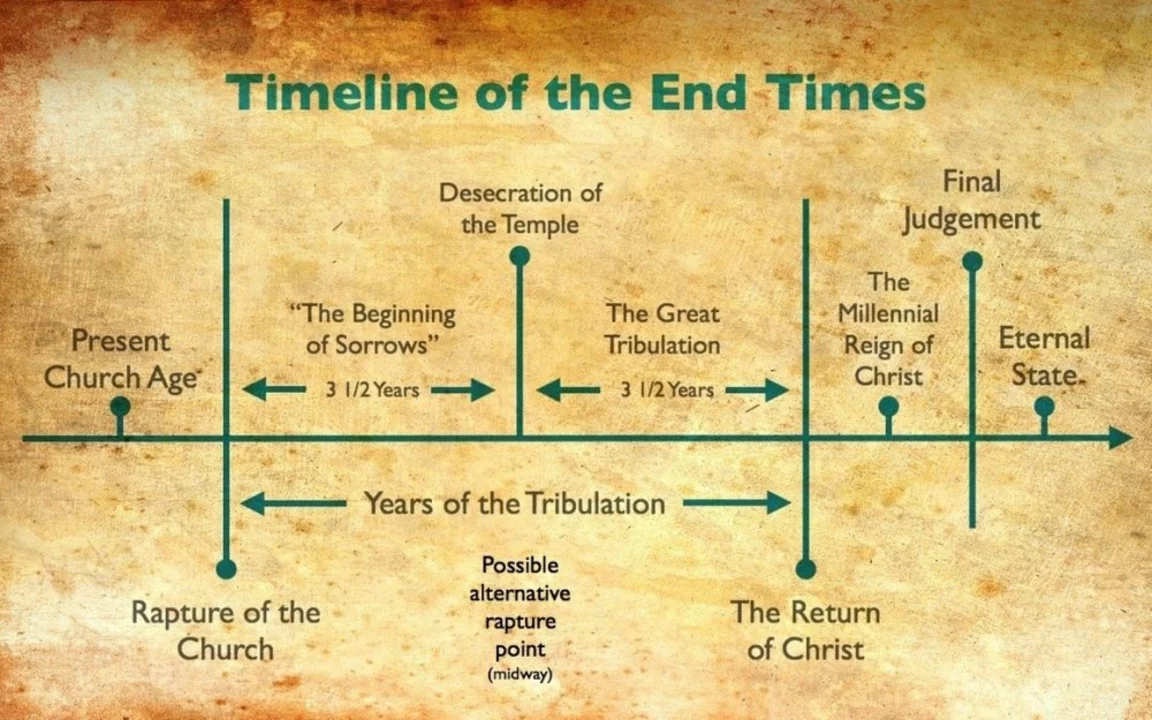Introduction: The Evolution of Music Genres
As a passionate music lover, I have always been intrigued by how music genres evolve over time. Some genres have managed to maintain their popularity and cultural significance, while others have virtually disappeared from mainstream consciousness. In this article, we will explore nine music genres that have all but died out, and discuss when and why they lost their appeal. We will also consider what we can learn from the rise and fall of these genres and how they may have influenced the music landscape as it exists today.
A Brief History of Ragtime
Ragtime, a genre characterized by its syncopated rhythm and upbeat melodies, emerged in the late 19th century and reached its peak popularity in the early 20th century. Born out of African American musical traditions, ragtime was a precursor to jazz and laid the foundation for many popular music styles that followed. However, the rise of jazz in the 1920s led to the decline of ragtime, as the new genre absorbed many of its elements and soon overshadowed its predecessor. By the 1930s, ragtime had all but vanished from the mainstream music scene, though it still survives today in niche circles and as a historical curiosity.
The Fall of Big Band Music
Big band music, also known as swing music, was a popular genre in the 1930s and 1940s, characterized by its large orchestras and energetic dance tunes. This style of music was a dominant force in the entertainment industry during its heyday, with famous bandleaders like Benny Goodman and Glenn Miller leading the charge. However, the advent of World War II led to a shortage of musicians, as many were drafted into military service. Additionally, the rise of bebop in the late 1940s and the growing popularity of smaller jazz combos contributed to the decline of big band music. By the 1950s, the genre had lost much of its mainstream appeal and had become a relic of a bygone era.
Rockabilly's Short-Lived Reign
Rockabilly, a blend of rock 'n' roll and country music, emerged in the 1950s and is often considered one of the earliest forms of popular rock music. Featuring a distinctive twangy guitar sound and frantic rhythms, rockabilly was a genre that captured the spirit of American youth in the 1950s. However, the genre's popularity was short-lived, as the rise of the British Invasion and the diversification of rock music in the 1960s led to its decline. While rockabilly experienced a brief resurgence in the 1980s, it has since faded into obscurity, existing primarily as a subculture and an influence on other genres.
The Disappearance of Disco
Disco, a dance music genre characterized by its four-on-the-floor beat, lush orchestration, and infectious hooks, took the world by storm in the 1970s. With its roots in African American, Latin, and LGBTQ+ communities, disco was a genre that celebrated diversity and inclusivity. However, a backlash against disco in the late 1970s, fueled by factors such as overexposure and perceived commercialization, led to its decline. Although disco's influence can still be heard in contemporary dance music, the genre itself has largely faded from mainstream prominence.
The End of the New Wave Era
New wave, a genre that emerged in the late 1970s and early 1980s, was characterized by its eclectic mix of punk, electronic, and pop music elements. The genre gave rise to a diverse array of artists, including Talking Heads, Blondie, and The Police, who challenged the conventions of mainstream music at the time. However, the new wave era came to an end in the mid-1980s, as the genre became increasingly diffuse and difficult to define. Many new wave artists either disbanded or evolved their sound, and the genre itself largely disappeared from the mainstream music landscape.
Remembering Grunge
Grunge, a rock music genre that originated in the Pacific Northwest in the late 1980s, was characterized by its distorted guitars, introspective lyrics, and raw, unpolished sound. The genre gained widespread popularity in the early 1990s, with bands like Nirvana, Pearl Jam, and Soundgarden leading the charge. However, the sudden death of Nirvana frontman Kurt Cobain in 1994 marked the beginning of the end for grunge. The genre's popularity waned throughout the 1990s, as alternative rock and other subgenres took its place in the mainstream music scene. Today, grunge is remembered as a defining musical movement of the early 1990s, but its influence has largely dissipated.
The Decline of Nu Metal
Nu metal, a subgenre of heavy metal that emerged in the mid-1990s, blended elements of grunge, hip-hop, and alternative rock to create a distinctive sound. Bands like Korn, Limp Bizkit, and Linkin Park achieved massive commercial success with their nu metal releases, dominating the airwaves in the late 1990s and early 2000s. However, the genre's popularity began to fade as the 2000s progressed, with many fans and critics dismissing it as a fad. While some nu metal bands have continued to enjoy success, the genre as a whole has largely disappeared from the mainstream music scene.
Conclusion: Lessons from the Past
As we've seen, music genres are constantly evolving, with some fading away while others continue to thrive. By studying the history of these "dead" genres, we can gain a better understanding of how musical tastes and trends have changed over time. Additionally, we can recognize the ways in which these genres have influenced the music landscape as it exists today, leaving their mark on the artists and styles that have followed in their wake. Ultimately, the rise and fall of these genres serve as a reminder of the ever-changing nature of popular music and the importance of embracing innovation and diversity in the world of music.
